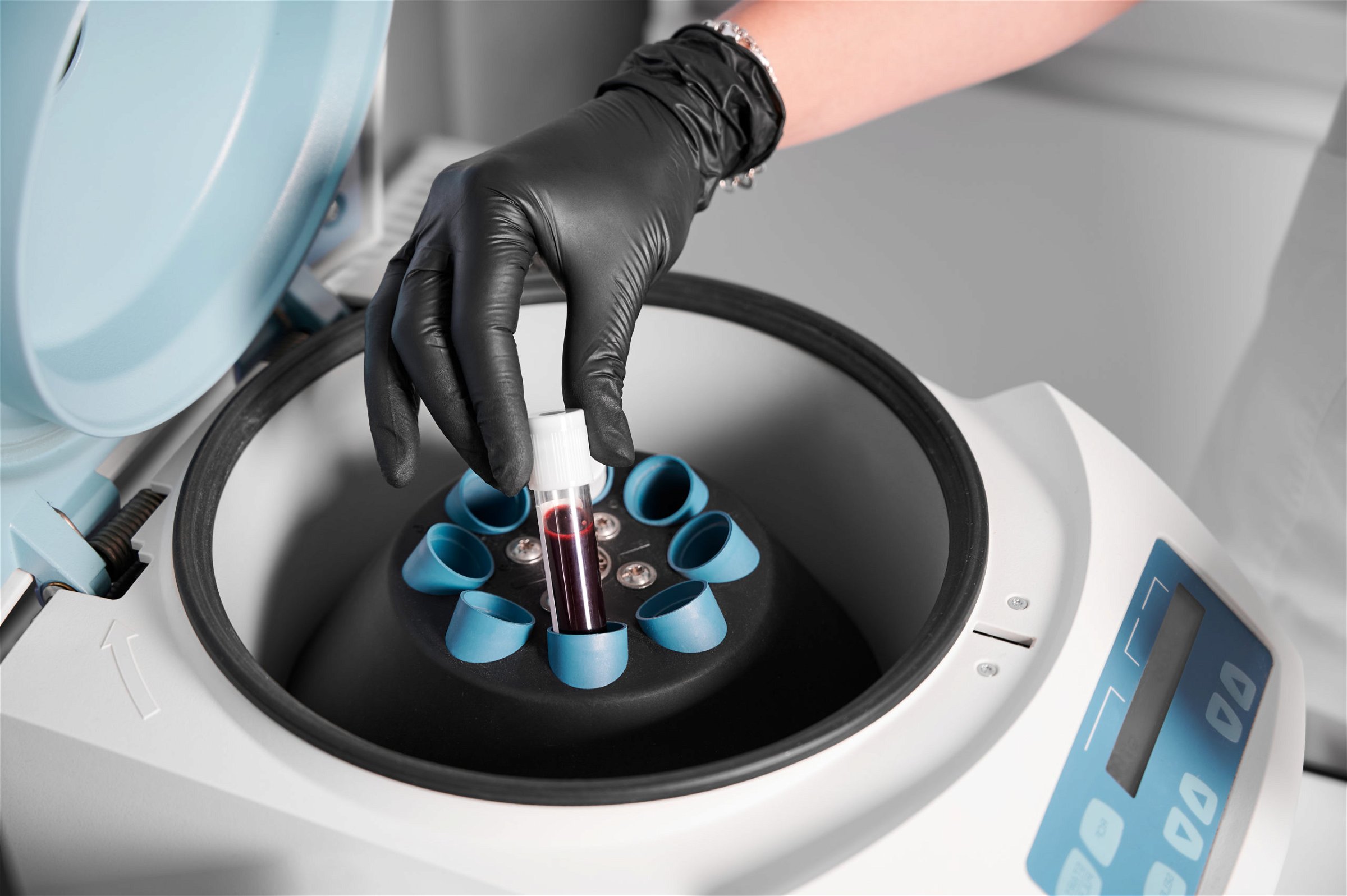- Conditions
- Treatments
- Patients
- Practice
- Dr. Tian Xia
- Heather Cottini
- Andry Khlopas
- Lyndsey Johnson
- Dr Michael G Banuelos
- Linda H. Morris
- Stacia Jones
- Hoai Luu
- Dr Ricardo Knight
- Finnbar Higgins
Chiropractors
Physical Therapist
- Blog
Platelet-Rich Plasma Therapy
Platelet-Rich Plasma Therapy
Platelet-Rich Plasma (PRP) therapy has gained significant attention in recent years as a treatment option for a variety of musculoskeletal conditions.

The procedure involves drawing a small amount of the patient’s blood, processing it in a centrifuge to concentrate the platelets, and then re-injecting the concentrated platelet-rich plasma into the injured area.
The rationale behind PRP is that platelets contain growth factors and other proteins that can stimulate tissue repair and regeneration.
Here are some of the potential applications and considerations for PRP therapy:
Tendons: PRP has been widely studied for chronic tendon conditions like lateral epicondylitis (tennis elbow), Achilles tendinopathy, and patellar tendinopathy. Some studies have shown a benefit while others have not, so the evidence is somewhat mixed.
Ligaments: PRP has been used in the treatment of ligament injuries such as those of the anterior cruciate ligament (ACL) in the knee. Some believe that PRP might speed up recovery or enhance the healing process, although robust evidence to support this is still limited.
Joints: Osteoarthritis (OA) is another condition for which PRP has been explored. Some studies suggest that PRP injections can reduce pain and improve function in knee OA, but again, the evidence is not conclusive.
Muscles: PRP has been experimented with for muscle injuries, especially in professional athletes, but there is a lack of high-quality research to prove its effectiveness conclusively.
Tears: There is interest in using PRP for meniscal tears in the knee or rotator cuff tears in the shoulder. Some believe it might improve healing or reduce inflammation. The evidence is still evolving in these areas.
Safety and Side Effects: PRP is generally considered safe since it uses the patient’s blood. The primary risks are those associated with any injection, such as infection, bleeding, or damage to structures in the area being treated. Some patients might experience increased pain or inflammation after the injection, but this is typically temporary.
Efficacy: The efficacy of PRP remains a subject of debate. While there are studies that report positive outcomes, there are also studies that find no benefit or even potential harm. One of the challenges is the lack of standardization in PRP preparation and administration. Different methods might lead to different concentrations of platelets and growth factors.
While PRP offers potential benefits for various musculoskeletal conditions, it’s essential to approach the treatment with caution and be well-informed. It’s always a good idea to have a thorough discussion with an orthopedic or sports medicine specialist about the potential risks and benefits before deciding on PRP therapy.
